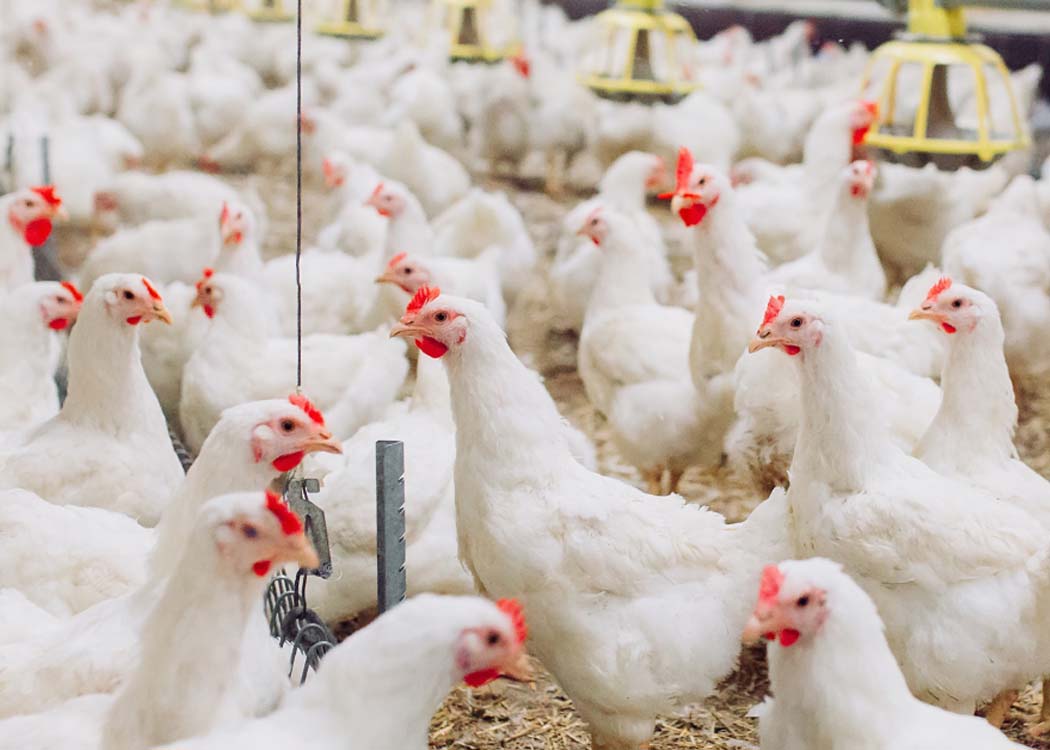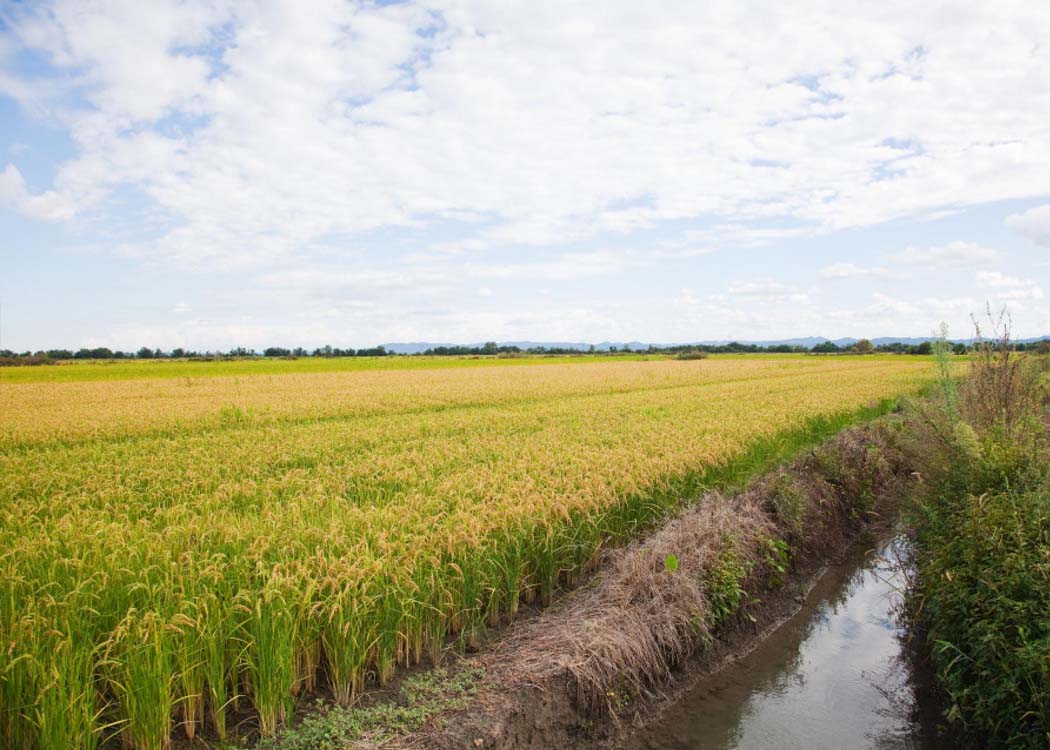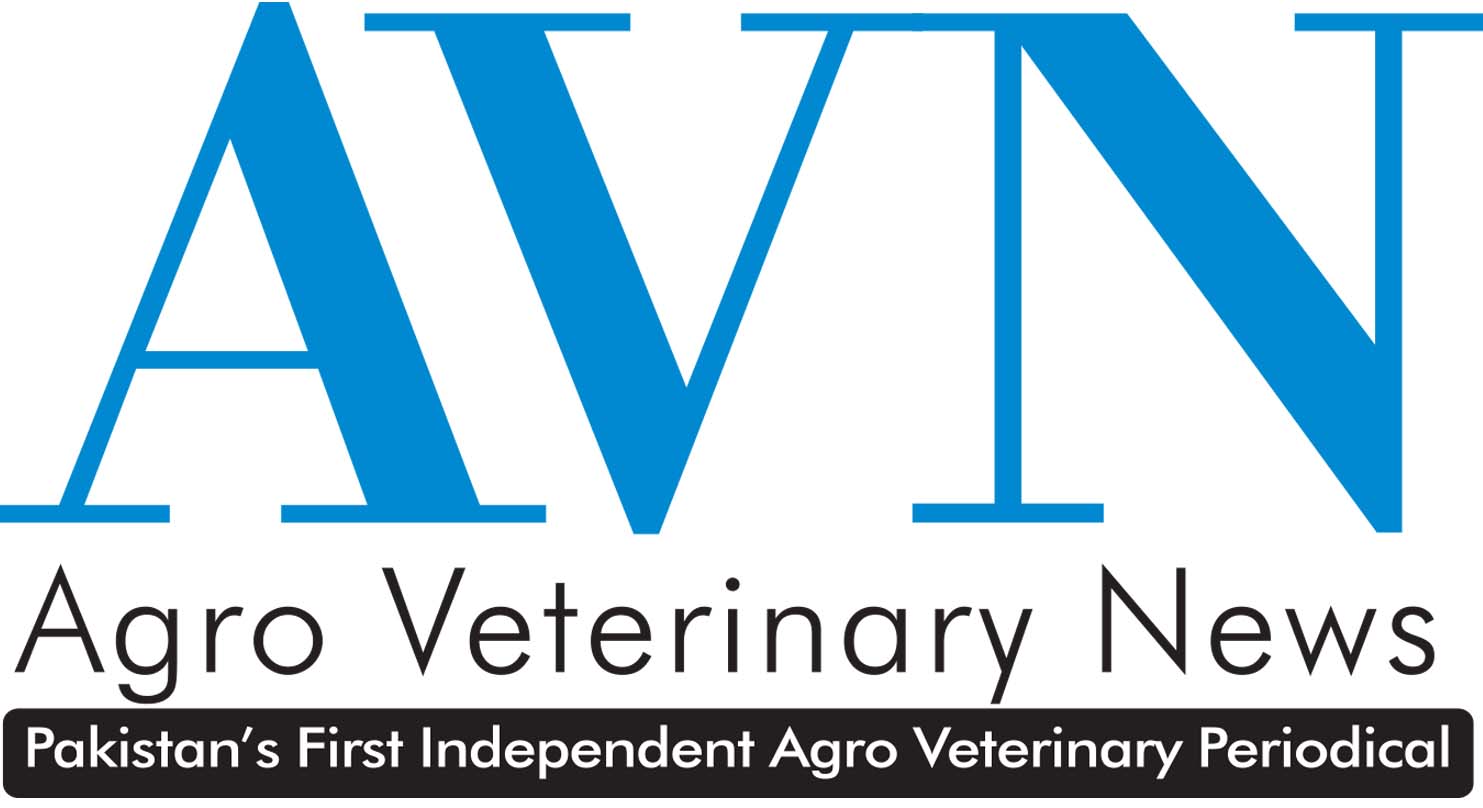Balanced supply, lower feed costs and rising protein prices drive poultry growth — but avian influenza, trade restrictions and parent stock constraints temper the optimism.
The global poultry industry is projected to sustain moderate but robust growth through 2025 and into early 2026, supported by favorable supply conditions, competitive pricing, and rising consumer demand for affordable protein. While multiple regions face constraints and disease risks, the fundamentals point to continued expansion in the sector.
RaboResearch forecasts ~2.8% growth in global poultry markets for 2025, up from 2.6% in 2024, a sign that poultry remains a compelling protein option as beef and pork prices continue climbing. Lower feed costs are helping margins recover and reinforcing poultry’s appeal, especially in Asia, Africa, Europe, and the Americas.
However, growth is uneven across regions. In parts of Europe, Latin America and Africa, supply expansion is constrained by tight parent stock availability — a bottleneck likely to persist into early 2026. Meanwhile, Asia continues to show momentum, with China leading growth at about 7% in the first half of the year. Other high-growth markets include Turkey, Indonesia, Saudi Arabia, the Philippines, and Vietnam.
Trade dynamics, disruptions and recovery
Global poultry trade continues to expand, though not without challenges. Brazilian chicken exports, for example, plummeted in May 2025 after avian influenza restrictions were imposed. However, as trade partners ease embargoes, Brazilian trade is starting to rebound. Brazil’s exports had previously reached record levels, but the recent HPAI outbreak underscored vulnerabilities in relying too heavily on a few major exporters.
Other trade pressures—such as reciprocal tariffs from the United States—also pose uncertainty for global market access. Still, strong demand, especially in import-reliant regions, boosts poultry’s trade resilience.
Avian influenza and biosecurity as critical risks
No outlook is complete without acknowledging the persistent threat of avian influenza (bird flu). Several countries continue to experience outbreaks, heightening the need for rigorous biosecurity protocols. Vaccination is becoming more widely adopted, especially in parts of Asia, Latin America, France, and South Africa, as a tool to reduce outbreak risk and maintain supply stability.
In 2025, Brazil confirmed its first highly pathogenic avian influenza (HPAI) outbreak on a commercial farm, which triggered export restrictions — including from China. This sudden disruption served as a reminder that disease risk can quickly alter market dynamics if not managed proactively.
Many poultry markets, especially in the Northern Hemisphere, are bracing for increased risk during winter months, when migratory birds and low temperatures can exacerbate viral spread.
What to watch and where opportunities lie
- Feed costs and input inflation: Any surge in feed ingredient prices (e.g. corn, soybean) could squeeze margins, especially in regions with tight supply.
- Parent stock shortages: Regions struggling to scale supply will continue to lag without investments in breeding and genetic improvement.
- Biosecurity and vaccine adoption: Markets that succeed in integrating disease control will gain competitive resilience.
- Trade policy shifts: Changes in tariffs, trade agreements, or sanitary restrictions will influence export flows and global equilibrium.
- Consumer trends: As awareness of health, sustainability and alternative proteins grows, poultry producers will need to adapt product offerings, labeling and supply chains.






